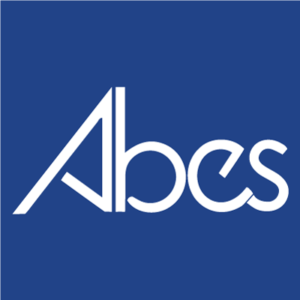The medical field is a fast-paced and rewarding industry that offers a wide range of job opportunities. From registered nurses to unit clerks, lab technicians to surgeons, there are countless ways to make a positive impact on people’s lives while pursuing a fulfilling career.
Here are seven reasons why you should consider a job in the medical field.
1. High Demand for Workers
The healthcare industry is projected to be one of the fastest-growing industries in the coming years, creating an abundance of job opportunities for those interested. The aging population and increased access to healthcare are responsible for driving this demand.
According to the Canadian Occupational Projection System (COPS), jobs in healthcare are expected to grow 2.2%-2.8% annually, exceeding the pace of job creation for the whole Canadian economy.
2. Pay and Benefits
Jobs in the medical field are not only in high demand, but they also offer competitive pay and benefits. Many healthcare jobs offer wages above the median for all occupations, and many employers also provide benefits such as extended health insurance, retirement plans, and paid time off. Additionally, many healthcare jobs offer opportunities for advancement and the ability to earn higher salaries with more education and experience.
3. Recession-Proof
The healthcare industry is largely considered to be recession-proof, meaning it is less affected by economic downturns than other industries. People will always need healthcare, regardless of the state of the economy, which means that jobs in the medical field are less likely to be impacted by layoffs or cutbacks.
4. Job Security
Jobs in the medical field are in high demand and offer unmatched job security as a result. For many, that is a huge relief in today’s uncertain market. With an aging population and increases in immigration, the demand for healthcare workers is expected to grow, providing stability and security for those in the field.
5. Never a Dull Moment
A career in the medical field is never boring—there’s always excitement and something new to learn. The healthcare industry is constantly evolving, so there are always new treatments, technologies, and research to discover, making it a stimulating and rewarding field.
6. Positions for All Education Levels
The medical field offers positions for all education levels, from diploma and certificate programs to specialized degrees. There are many options for those who want to start working in the medical field quickly, including becoming a health care aide, medical office assistant, or lab technician.
For those interested in more advanced roles, such as registered nurse or doctor, there are bachelors and graduate degree programs available across the country.
7. Make a Difference
Perhaps the most rewarding aspect of a career in the medical field is the opportunity to make a difference in people’s lives. As a healthcare worker, you have the ability to improve the quality of life for others, whether it’s by providing care, administering medication, or simply offering a listening ear. You have the power to make a real and meaningful impact on people’s lives, which can be incredibly satisfying.
Start Your Career at ABES
In conclusion, a career in the medical field is a great choice for anyone looking for a challenging, rewarding, and in-demand career option. With opportunities for all education levels, competitive pay and benefits, and the ability to make a difference in people’s lives, it’s easy to see why a job in the medical field is worth considering.
If you’re looking to pursue a medical career, ABES College has a wide range of diploma and certificate programs that can help you get started. Contact us today to learn more about our programs and take the first step toward a fulfilling career in medicine.

